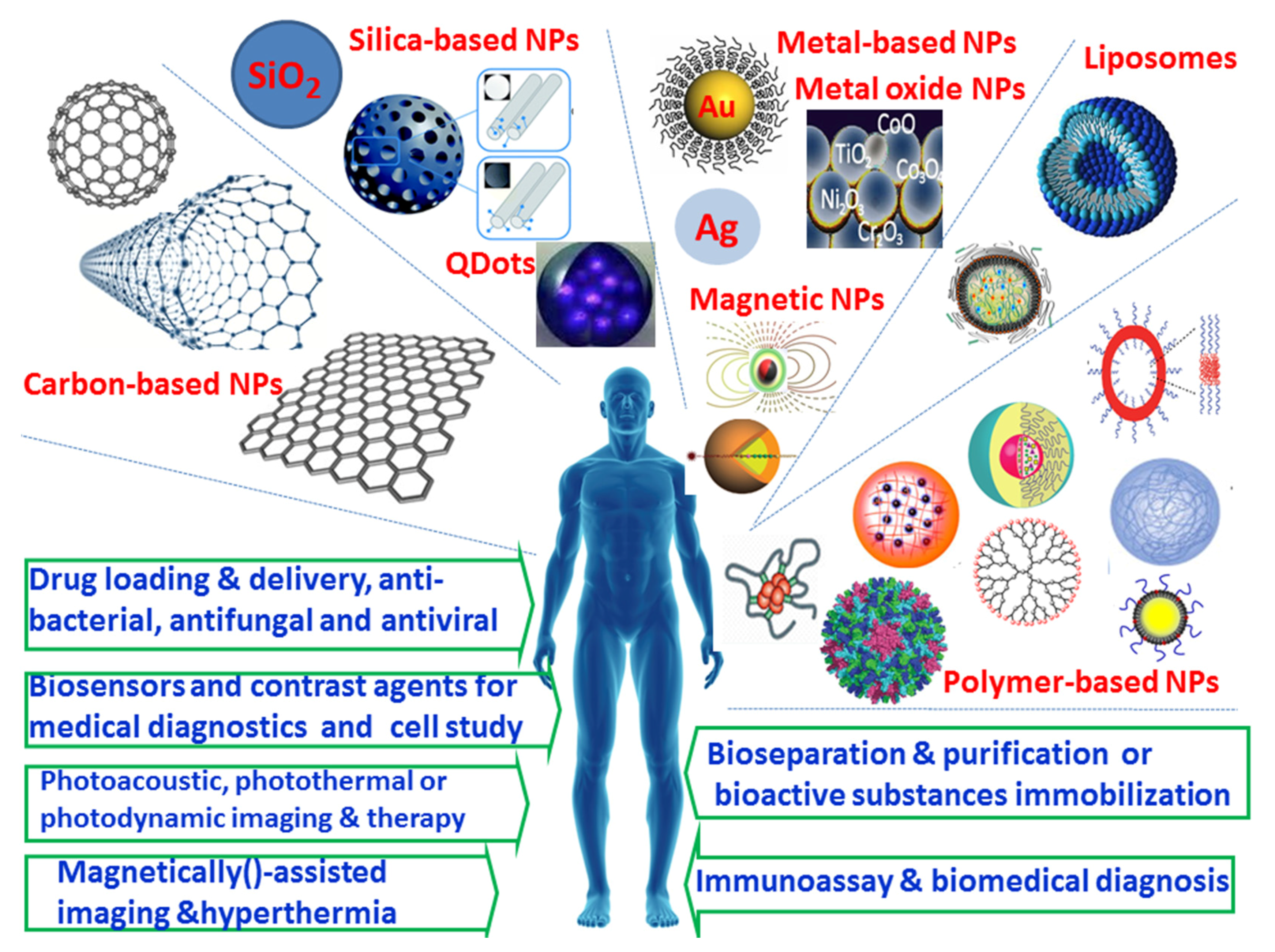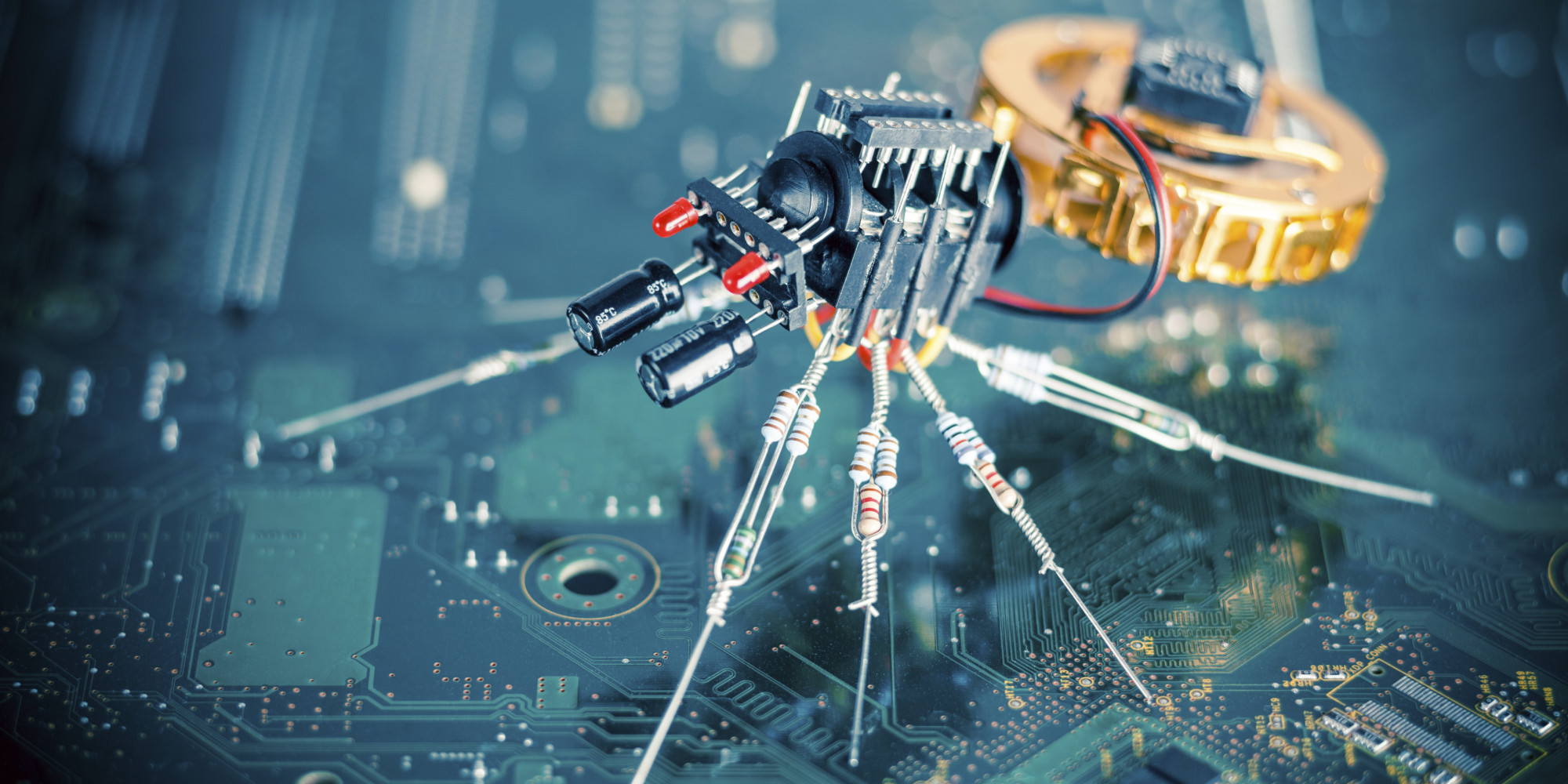Nano Technology Presentation
| Introduction to Nano Technology | ||
|---|---|---|
| Nano technology is the study and application of extremely small materials and devices. It involves manipulating matter at the atomic and molecular scale, typically at dimensions of 1 to 100 nanometers. Nano technology has wide-ranging applications in various fields, including medicine, electronics, energy, and materials science. | ||
| 1 | ||
| Importance of Nano Technology | ||
|---|---|---|
| Nano technology enables the development of materials with enhanced properties, such as increased strength, conductivity, and reactivity. It offers the potential for more efficient and sustainable energy sources. Nano technology plays a vital role in improving healthcare through targeted drug delivery systems and diagnostic tools. | ||
| 2 | ||
| Nano Particles and Their Properties | ||
|---|---|---|
| Nano particles are tiny particles with dimensions in the range of 1 to 100 nanometers. Their properties, such as surface area, reactivity, and optical properties, differ from those of bulk materials. Nano particles can be engineered to have specific characteristics for various applications, such as catalysis and sensing. | ||
| 3 | ||
| Nano Electronics | ||
|---|---|---|
| Nano technology enables the miniaturization of electronic components, leading to smaller and more powerful devices. It facilitates the development of flexible and wearable electronics. Nano electronics also opens up possibilities for quantum computing and ultrafast data processing. | ||
| 4 | ||
| Nano Medicine | ||
|---|---|---|
| Nano technology has revolutionized medicine through targeted drug delivery systems, allowing precise treatment and reduced side effects. It enables the development of nano-sized sensors for disease detection and monitoring. Nano medicine holds promise for personalized medicine and regenerative therapies. | ||
| 5 | ||
| Nano Energy | ||
|---|---|---|
| Nano technology plays a crucial role in improving energy storage and conversion. It enables the development of more efficient solar cells and batteries. Nano structures are used to enhance energy efficiency in buildings through advanced insulation and coatings. | ||
| 6 | ||
| Nano Materials | ||
|---|---|---|
| Nano technology allows the design and fabrication of materials with unique properties. Nano materials exhibit enhanced mechanical, thermal, and electrical properties. They are used in various industries, including aerospace, automotive, and construction. | ||
| 7 | ||
| Environmental Impact and Safety | ||
|---|---|---|
| Nano technology raises concerns about potential environmental and health risks. Research is ongoing to understand and mitigate any adverse effects. Regulatory frameworks are being developed to ensure the responsible use of nano materials. | ||
| 8 | ||
| Future Trends in Nano Technology | ||
|---|---|---|
| Continued advancements in nano technology will lead to more innovative applications. Integration of nano technology with other disciplines, such as biotechnology and artificial intelligence, will drive new breakthroughs. The field will continue to evolve and shape various industries in the coming years. | ||
| 9 | ||
| Conclusion | ||
|---|---|---|
| Nano technology offers immense potential to transform various fields and improve our lives. It is a rapidly growing field with diverse applications and ongoing research. Harnessing the power of nano technology requires careful consideration of ethical, environmental, and safety aspects. | ||
| 10 | ||
| References (download PPTX file for details) | ||
|---|---|---|
| National Nanotechnology Initiative. (2021). W... Pethica, J. B. (2006). Nanotechnology: scienc... Nel, A. E., et al. (2006). Toxic potential of... |  | |
| 11 | ||








